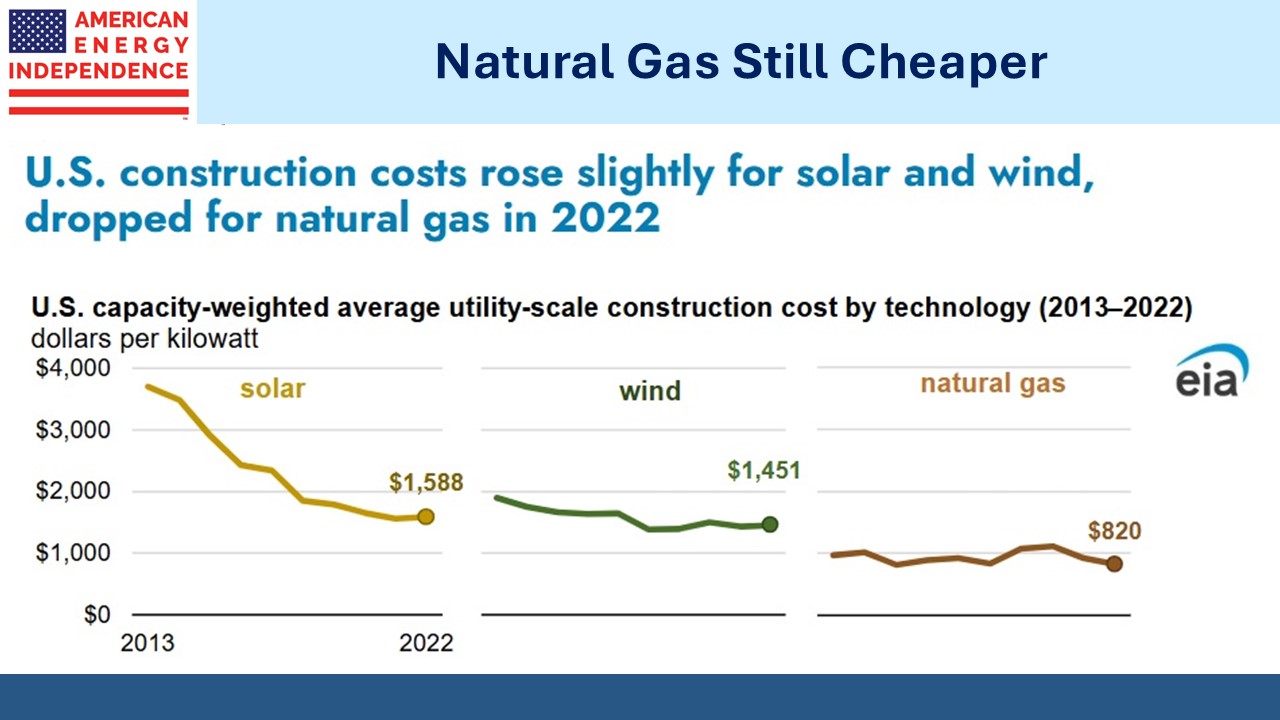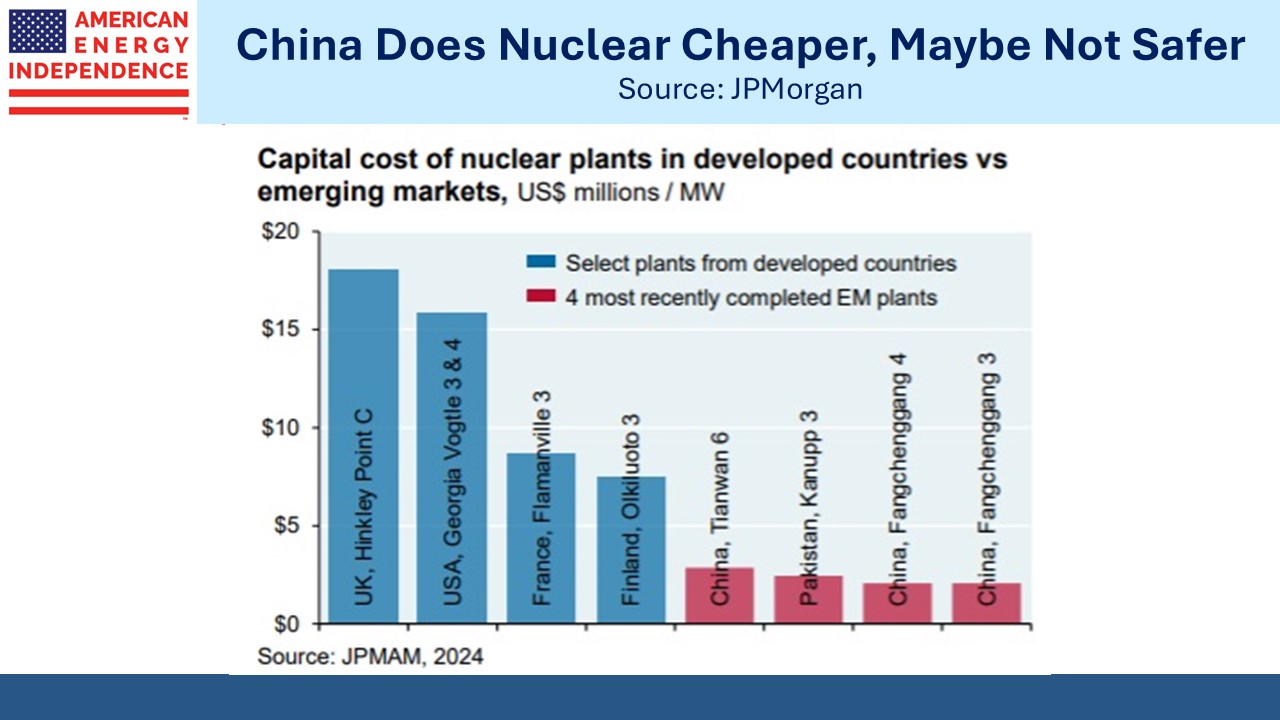New Energy Policies Are Here
It’s now less than a week until Donald Trump takes over in the White House. The past couple of months have caused many to wonder why there’s such a long gap between the election and the inauguration. It’s a holdover from the eighteenth century when the time was required to allow messengers to travel to the capital with election results but is clearly no longer required. Joe Biden should have had the good grace to keep a low profile during this interregnum, but instead chose to issue executive orders promoting liberal policies on offshore drilling and immigration.
Biden will soon be gone, and attention is turning to the energy-related executive orders Trump is planning for his first days in office. He’s widely expected to lift the LNG permit pause, which will improve certainty for negotiations on long-term supply agreements.
Chris Wright, Trump’s nominee to head the Energy Department, will bring an articulate voice explaining why US LNG exports are good for everyone involved. Bettering Human Lives, a report published by Wright’s firm Liberty Energy, recounts the history of hydrocarbons and offers insight into how energy policy is likely to be pursued. It’s well worth reading.
Trump’s opposition to windpower represents a shift from his first time in office when his administration was supportive. Communities are increasingly objecting to the visual intrusion of huge wind turbines. It’s reasonable to ask why supporters of weather-dependent energy in the US don’t first demand reduced coal use by developing countries. Getting emerging Asia to displace coal with LNG is one of the most effective ways to reduce CO2 levels.
The Energy Information Administration (EIA) published data late last year showing that construction costs for solar and wind have stopped falling, while those for natural gas continue to. This is why clean energy stocks have performed so poorly and why electricity tends to be expensive where renewables provide a high share.
The data is through 2022 so missing the recent demand for electricity from data centers which is driving investment in natural gas power generation. Large providers of such equipment such as Siemens Energy report increasing backlogs, so it wouldn’t be surprising to see the cost of natgas power edge up somewhat when the EIA updates their information.
The other day I was chatting with an investor, and while he’s fully bought in to the primacy of natural gas he wondered whether nuclear power might at some point displace it.
Nuclear energy seems such an obvious solution to the world’s need to deliver reliable carbon-free power. Vocal opponents such as the Sierra Club promote a completely unrealistic view of how the world can generate electricity. I often note that the US navy operates almost a hundred nuclear reactors in aircraft carriers and submarines. There’s no record of any problem with any of these. Perhaps we should just let the US navy run all our civilian nuclear reactors.
Unfortunately, western countries have a poor record of building new nuclear plants anywhere close to on time and on budget. The most recent nuclear facility completed in the US, the Vogtle plant’s Units 3 and 4 in Georgia, came in seven years late and $17BN over budget. They cost over $15 million per Megawatt of power generation.
The UK’s Hinckley Point C reactor cost $18 million per Megawatt and was built by France’s EDF. France gets around two thirds of its electricity from nuclear. This represents 35% of their primary energy, far more than any other country. Finland is second, relying on nuclear for 26% of their primary energy, but their output is a tenth of France’s.
So it’s disappointing that the leading French company delivered such an expensive result. The French government has even decided to cap nuclear at 50% of total power generation, versus 70% currently.
Western countries haven’t yet figured out how to build commercially viable nuclear plants.
Most of the addition of nuclear power is taking place in developing countries, led by China. Costs are far cheaper at around $2-3 million per Megawatt. This is partly because developers are unburdened by costly legal challenges from NIMBY homeowners. However, they’re also using cheaper technology that relies on sodium cooled fast breeder reactors. JPMorgan reports that these have been rejected in the US as having shorter useful lives and increased risk of fire.
China is today’s leader in developing new nuclear.
There are numerous efforts to resurrect nuclear power in the US, including restarting old reactors and placing small modular reactors on the sites of decommissioned coal plants where connectivity to the grid is already in place. We should hope these are successful, but given the time involved and cost, natural gas is unlikely to be threatened by nuclear for many years.
We have two have funds that seek to profit from this environment:

